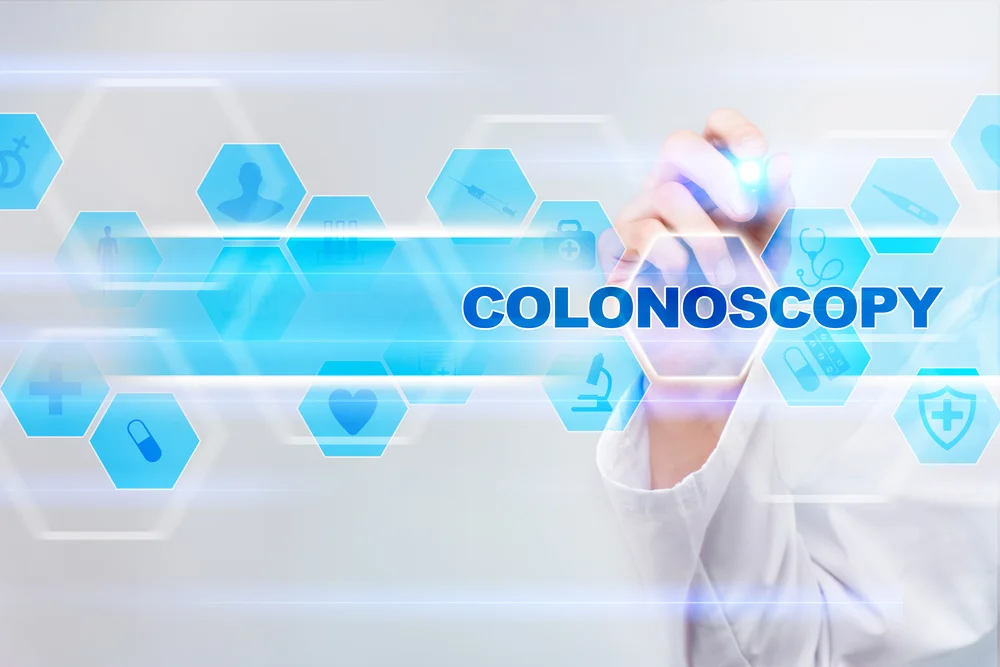Why Underwater Colonoscopy is Getting Popularity Lately?
The objective of diagnostic colonoscopy is to accomplish procedural completion while maximizing efficacy, patient acceptance and safety. Water-Assisted Colonoscopy (WAC) has been steadily developing latest years with a growing international interest. For the advantages of WAC, an overabundance of high-quality randomized controlled investigations, experiments, and meta-analyzes provide irrefutable evidence both for patients and endoscopists. You can go for the underwater colonoscopy in OKC for a better experience.
Despite this, WAC's take-up has been restricted, with the absence of instructional resources representing an important obstacle. This practical step-by-step guide is directed at both current professionals and trainees with a perspective to encouraging familiarity with WAC. It also enhances the possibility of incorporating it into daily exercise, which may eventually have a beneficial impact on the quality of colonoscopy. Eventually, patient experience also improves with the implementation of WAC.
Working Process of ‘Underwater’ Colonoscopy
Colonoscopies are referred as the ‘gold standard' of colon cancer screening techniques. The screenings enable gastroenterologists to see the entire big intestine through a scope. A scope is a flexible tube fitted with a light, air and water channels, and video camera with tools to wipe out the encountered precancerous polyps. Advantageous colonoscopy in OKC is the best way to ensure an improvised patients’ experience.
When performing a traditional colonoscopy, the doctor utilizes air puffs to extend the colon. It enables a better view of what’s inside the intestine.
The doctor utilizes water in an "underwater" colonoscopy, which, instead of extending the colon, makes it a little straighter by weighing it down. It shows that the navigation process has little scope with fewer angles. It basically opens the large intestine and allows the doctors to inspect. The water is removed as the scope is retracted.
Less Bloating, Cramping and Gas for You
Traditional colonoscopies can leave you full of air. It can make you feel extremely uneasy and looking like a blimp. You need to release gas to get rid of the uneasiness. Even if effort or attempt is made to remove water, some of it escapes to the small intestine. Due to this you may have suffer gas problems, bloating, and cramping as well.
Additionally, as the colon grows in a traditional colonoscopy, there is more space for the range to move back and forth and form loops. It may result in severe cramping.
Doctors, therefore, are keener to go for a ‘underwater’ colonoscopy. In this process, the colon does not grow in, nor is air left behind. Thus, it makes the operation less painful and the recovery process is also quicker.
Colonoscopies are essential in the early prevention and detection of colon cancer.
Men and females should be tested every 10 years after the age of 50.
Don't let the fear of some discomfort— which the "underwater" technique may lessen — prevent you from having this possibly life-saving operation. Consult specialists of colonoscopy in OKC from Digestive disease specialists, INC.
** Disclaimer: The article above implies no medical advice; it constitutes no terms between patient and doctor.


